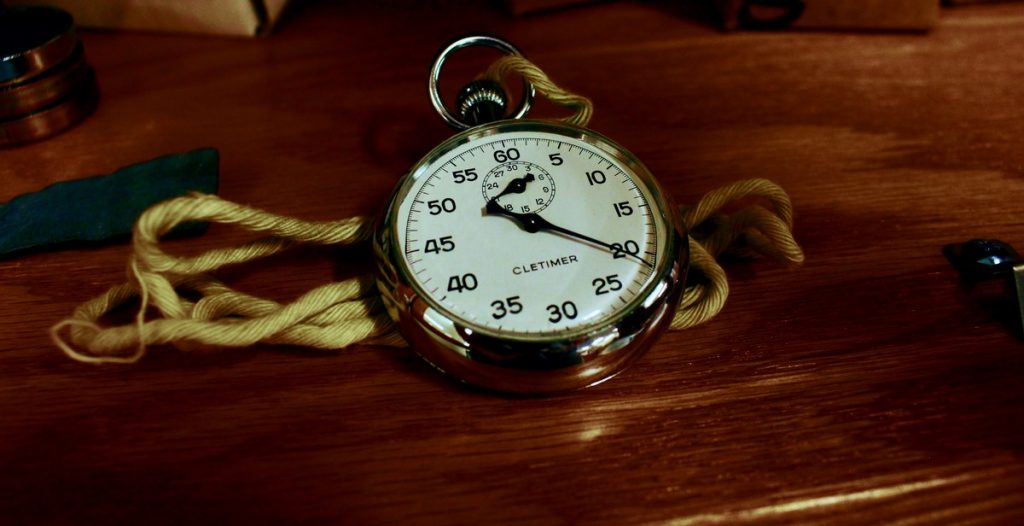Introduction
Antique jewelry is any piece of jewelry that is at least 100 years old. It is considered to be a valuable investment due to its rarity and historical significance. Antique jewelry can come in many forms such as rings, necklaces, bracelets, and brooches. These pieces are often unique and can be made from precious metals such as gold, silver, and platinum, as well as precious stones such as diamonds, rubies, and emeralds.
Antique jewelry can be passed down through generations and can hold sentimental value for families. However, determining the value of antique jewelry can be a challenging and complex task. Several factors such as age, rarity, condition, and provenance play a significant role in determining the value of antique jewelry.
In this article, we will explore the various ways to determine the value of antique jewelry. We will discuss the different types of antique jewelry, the characteristics that make them valuable, and the methods used to appraise them. By the end of this article, you will have a better understanding of how to determine the value of your antique jewelry and how to ensure that you get a fair price for it.
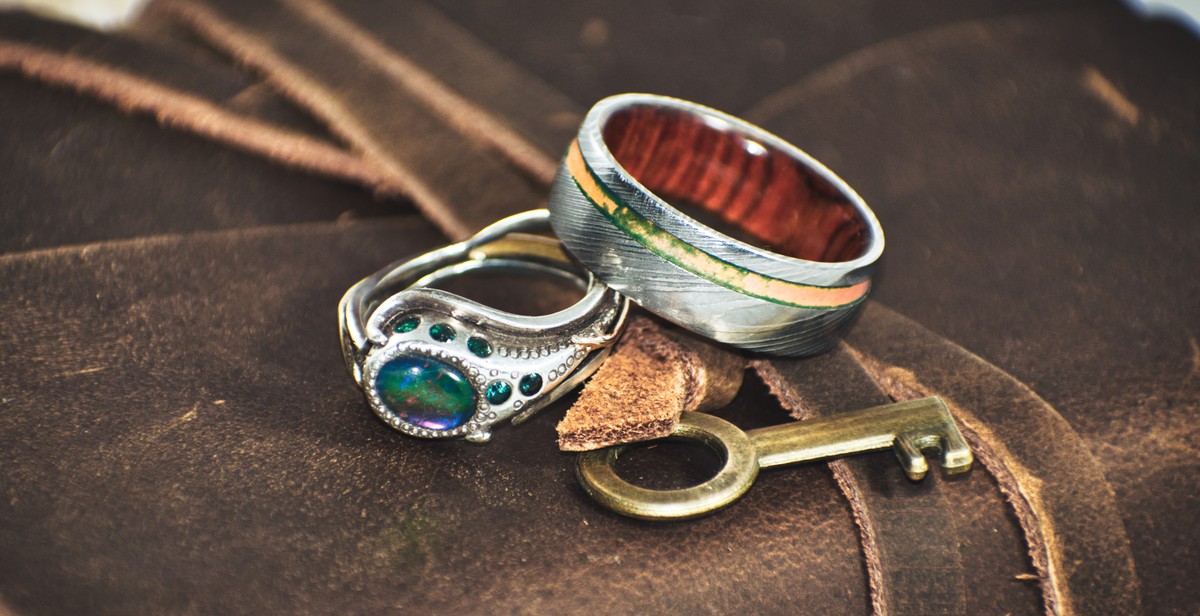
Factors that Determine the Value of Antique Jewelry
Antique jewelry is highly valued and sought after by collectors and enthusiasts. The value of antique jewelry is determined by various factors, including:
Age and Rarity
The age and rarity of antique jewelry are significant factors in determining their value. The older the piece, the more valuable it is likely to be. Additionally, the rarity of the piece also affects its value. If the piece is one of a kind or from a limited production run, it will be more valuable than a piece that is more commonly found.
Condition and Authenticity
The condition of the antique jewelry is another important factor in determining its value. Jewelry that is in excellent condition, with no damage or wear, will be more valuable than jewelry that is in poor condition. Additionally, the authenticity of the piece is crucial. If the piece is a genuine antique, it will be more valuable than a replica or a piece that has been restored or modified.
Materials and Craftsmanship
The materials used in the creation of antique jewelry, such as gold, silver, diamonds, and other precious stones, significantly affect the value of the piece. The craftsmanship of the piece is also crucial. If the piece was created by a highly skilled artisan, it will be more valuable than a piece that was mass-produced.
Provenance and Historical Significance
The provenance of the antique jewelry, or its ownership history, can significantly affect its value. If the piece has a notable history or was previously owned by a famous person, it will be more valuable than a piece with no known history. Additionally, the historical significance of the piece can also impact its value. If the piece is associated with a particular era or event, it will be more valuable than a piece that has no historical significance.
| Factor | Importance |
|---|---|
| Age and Rarity | High |
| Condition and Authenticity | High |
| Materials and Craftsmanship | Medium |
| Provenance and Historical Significance | Medium |
Overall, the value of antique jewelry is determined by a combination of these factors. Collectors and enthusiasts should consider all of these factors when evaluating the value of a piece. By understanding these factors, individuals can make informed decisions when buying or selling antique jewelry.
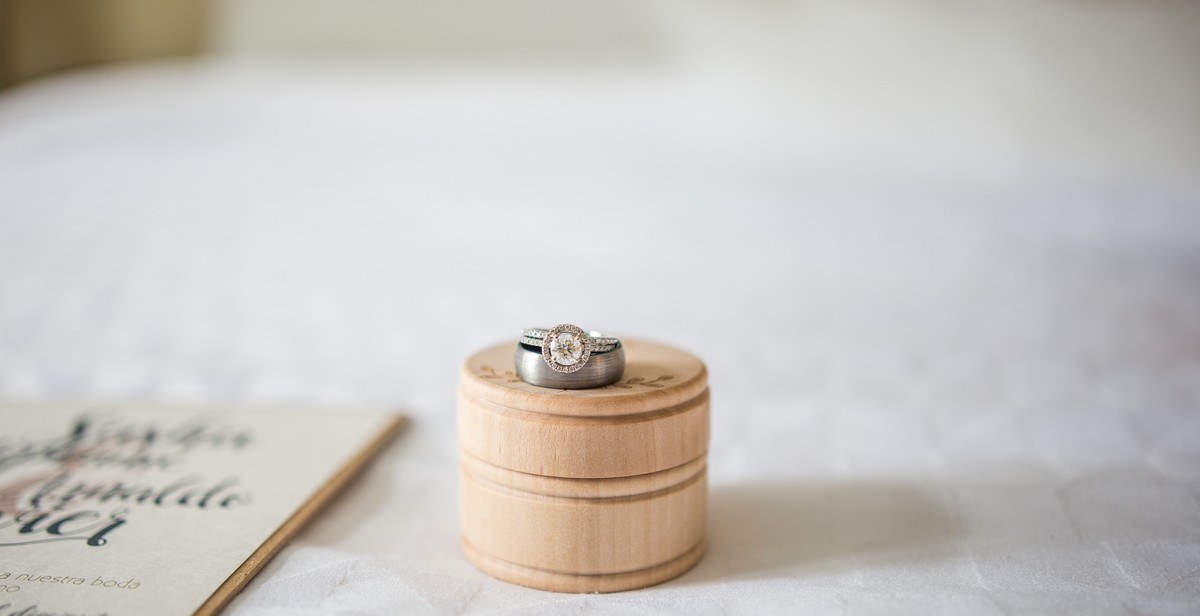
Methods of Appraising Antique Jewelry
Antique jewelry is a valuable asset that can be passed down from generation to generation. It is important to know the value of your antique jewelry for insurance purposes, estate planning, or if you are considering selling it. There are several methods of appraising antique jewelry, including:
Online Appraisals
Online appraisals are a popular option for those looking for a quick and convenient way to determine the value of their antique jewelry. There are many websites that offer online appraisals, but it is important to choose a reputable one. Online appraisals typically involve submitting photos and information about the jewelry to the appraiser, who will then provide an estimated value. While online appraisals can be convenient, they are not always accurate and should not be relied on as the sole method of determining value.
Professional Appraisals
Professional appraisals are the most accurate and reliable method of appraising antique jewelry. A professional appraiser will examine the jewelry in person and take into account factors such as the condition, age, rarity, and market demand. They will also consider any historical or cultural significance of the piece. Professional appraisals can be expensive, but they are worth the investment if you want an accurate value for your antique jewelry.
Auction Appraisals
Auction appraisals are another option for determining the value of antique jewelry. Auction houses often have in-house appraisers who can provide an estimated value for your jewelry. If you choose to sell your antique jewelry through an auction house, they will typically provide a more detailed appraisal as part of the selling process. Keep in mind that auction appraisals may not always reflect the true market value of your jewelry, as the final sale price can be influenced by factors such as bidding competition and market trends.
| Method | Accuracy | Convenience | Cost |
|---|---|---|---|
| Online Appraisals | Low to Moderate | High | Low |
| Professional Appraisals | High | Low | High |
| Auction Appraisals | Moderate | Low | Varies |
Each method of appraising antique jewelry has its own advantages and disadvantages. Online appraisals are convenient and inexpensive, but may not be accurate. Professional appraisals are the most accurate and reliable, but can be expensive. Auction appraisals can provide a good estimate of value, but may not always reflect the true market value. Consider your specific needs and budget when choosing a method of appraising your antique jewelry.
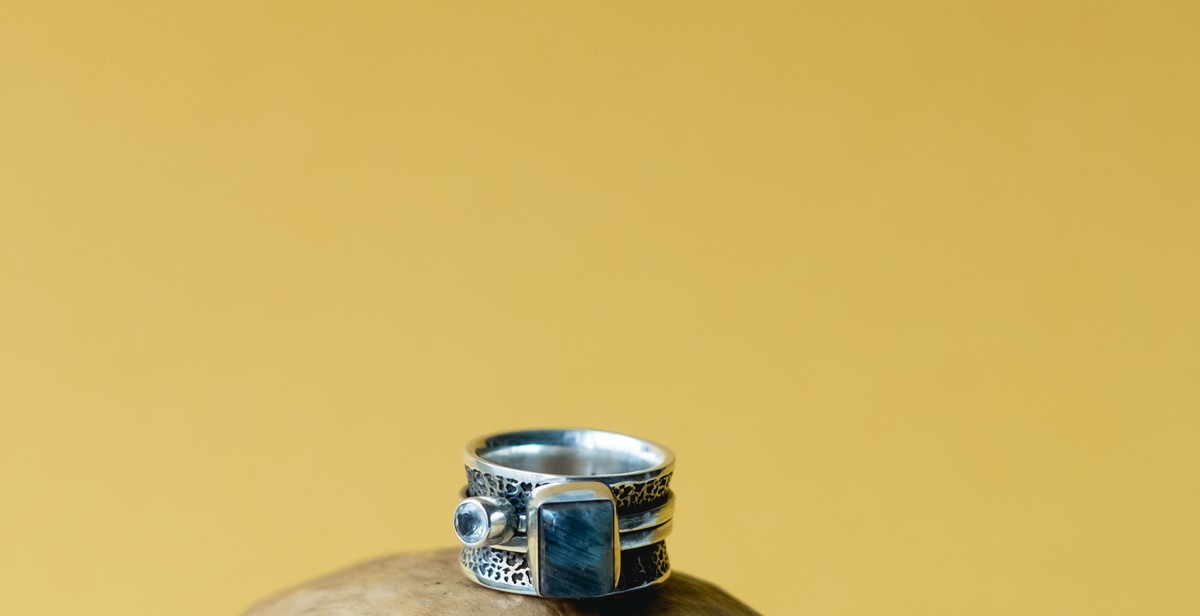
Tips for Determining the Value of Antique Jewelry
Antique jewelry is a valuable possession, and determining its worth can be a daunting task. However, with proper research and evaluation, you can determine its true value. Here are some tips to help you determine the value of your antique jewelry:
Research
The first step in determining the value of your antique jewelry is to research its history and origin. You can start by looking for the maker’s mark, which is typically found on the clasp or inside the band of the jewelry piece. You can also research the era in which the jewelry was made, as this can greatly affect its value.
Additionally, you can research the materials used in the jewelry, such as the type of metal, gemstones, and enamel. The rarity and quality of these materials can also impact the value of your antique jewelry.
Get a Second Opinion
It’s always a good idea to get a second opinion when determining the value of your antique jewelry. You can consult with a professional appraiser or a reputable antique dealer who specializes in jewelry. They can give you an accurate estimate of the value based on their expertise and experience.
Consider the Market
The market can also affect the value of your antique jewelry. You should research the current market trends and demand for similar pieces to get an idea of the value. You can check online auction sites, antique shops, and jewelry stores to see what similar pieces are selling for.
Avoid Common Mistakes
When determining the value of your antique jewelry, it’s important to avoid common mistakes. For example, don’t clean or polish the jewelry before getting it appraised, as this can alter its original state and affect its value. Additionally, don’t rely solely on sentimental value, as this does not necessarily reflect the true market value of the piece.
Finally, be wary of counterfeit pieces, especially if the price seems too good to be true. Do your research and consult with experts to verify the authenticity of your antique jewelry.
By following these tips, you can accurately determine the value of your antique jewelry and ensure that you get the best price for your valuable possession.
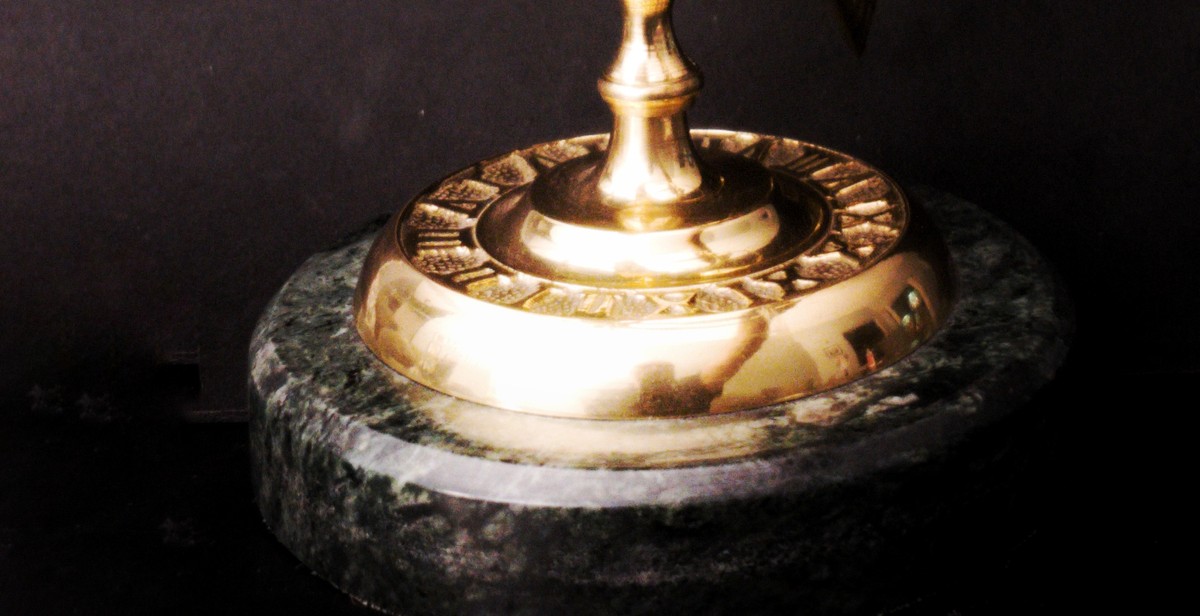
Conclusion
Antique jewelry is a valuable asset that can fetch a significant amount of money if sold to the right buyer. Determining the value of your antique jewelry requires an understanding of various factors such as the age, rarity, condition, and provenance of the item.
When evaluating your antique jewelry, it is essential to seek the services of a professional appraiser who can provide an accurate estimate of its worth. You should also conduct research on the current market trends and prices of similar items to determine a fair asking price when selling your antique jewelry.
Remember that the value of antique jewelry can fluctuate over time, and it is crucial to keep your items in good condition to maintain their worth. Proper storage and care can prevent damage and deterioration, ensuring that your antique jewelry remains valuable for years to come.
In conclusion, determining the value of your antique jewelry requires a combination of research, expertise, and careful evaluation. By following the tips outlined in this article, you can ensure that you get the best value for your antique jewelry and preserve its worth for generations to come.
| Related Articles: |
| How to Identify Antique Jewelry |
| Tips for Caring for Your Antique Jewelry |
| The History of Antique Jewelry |

